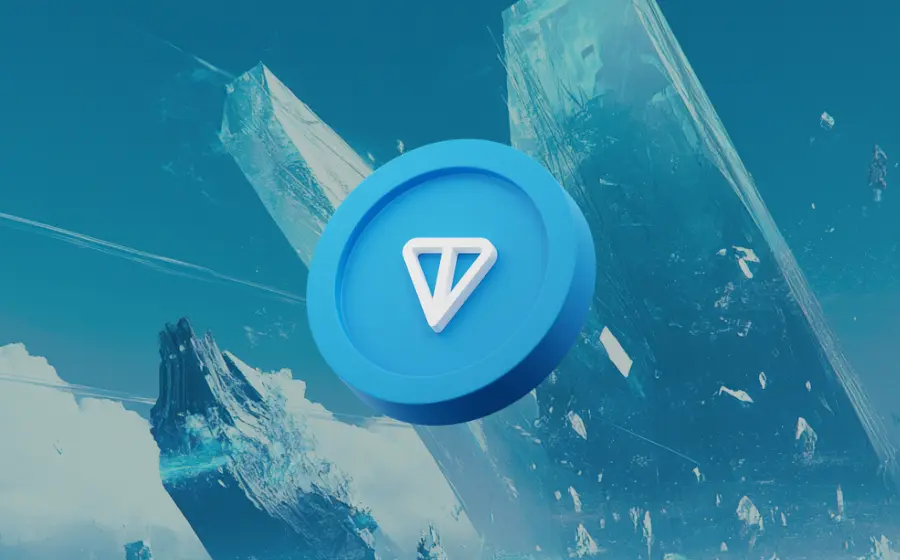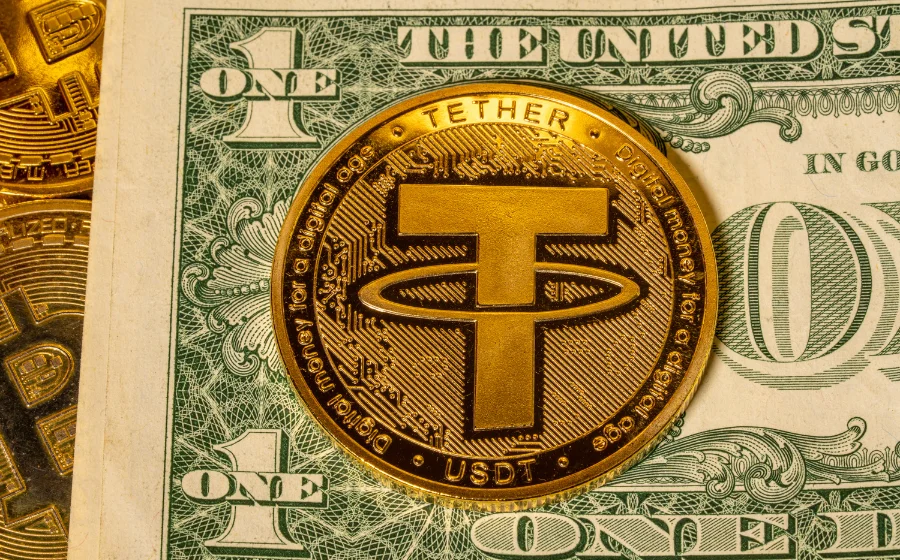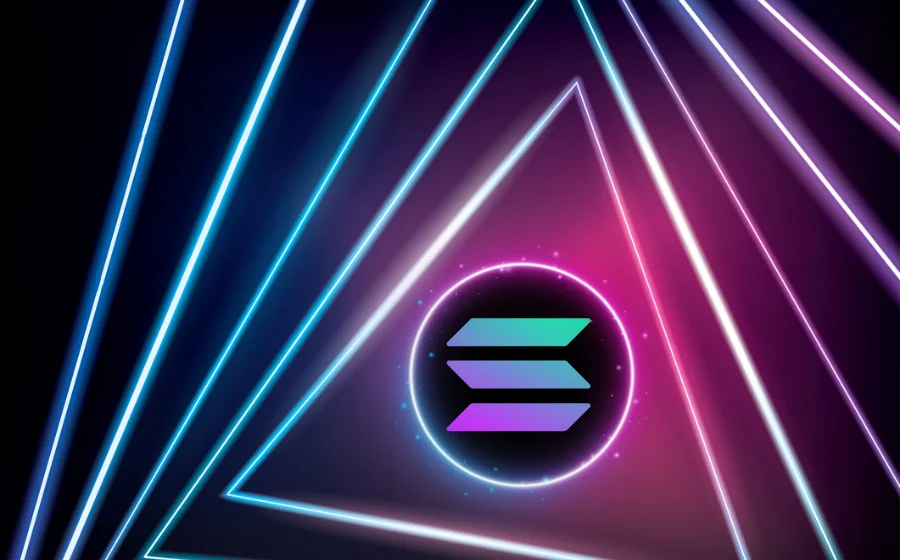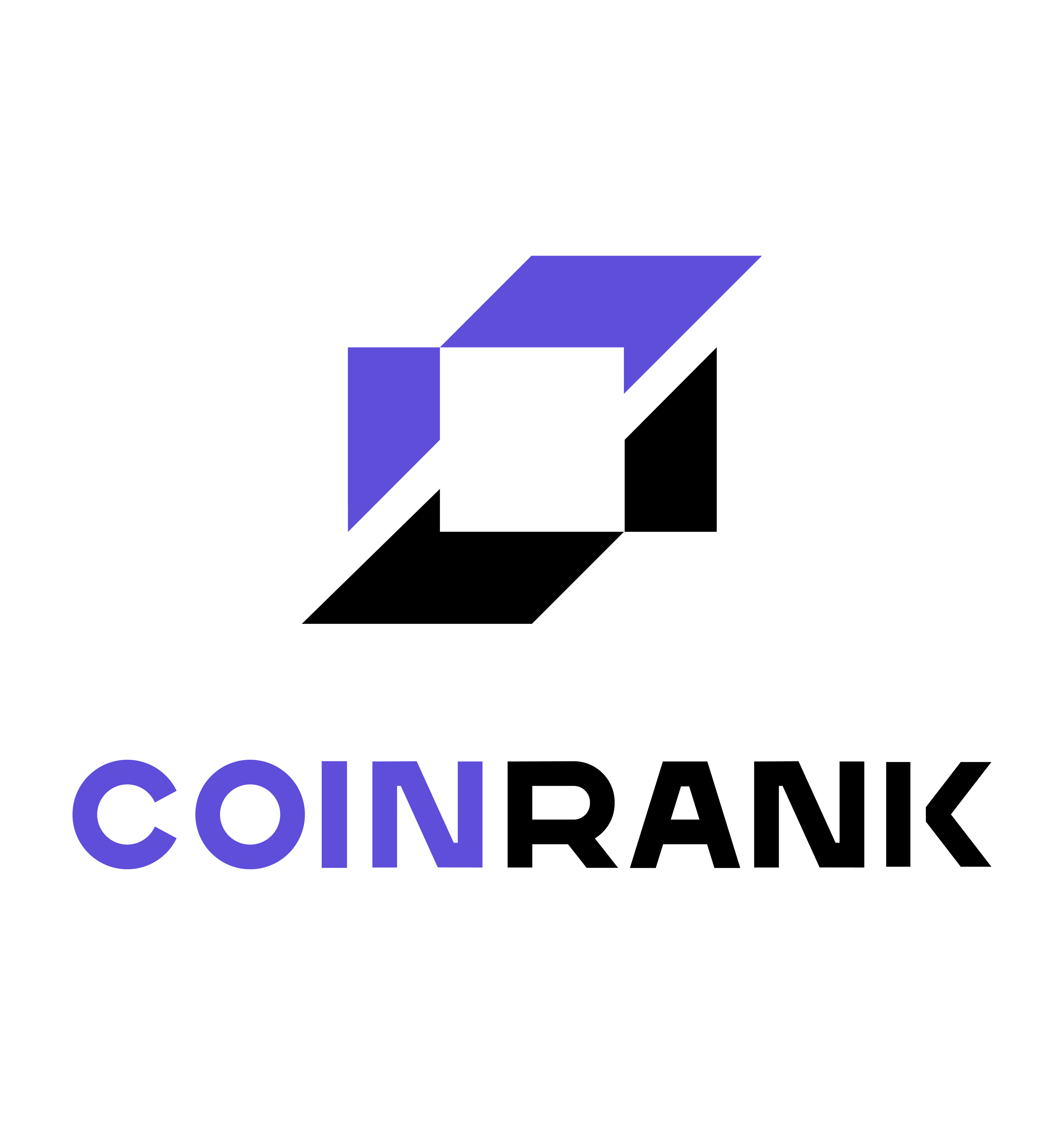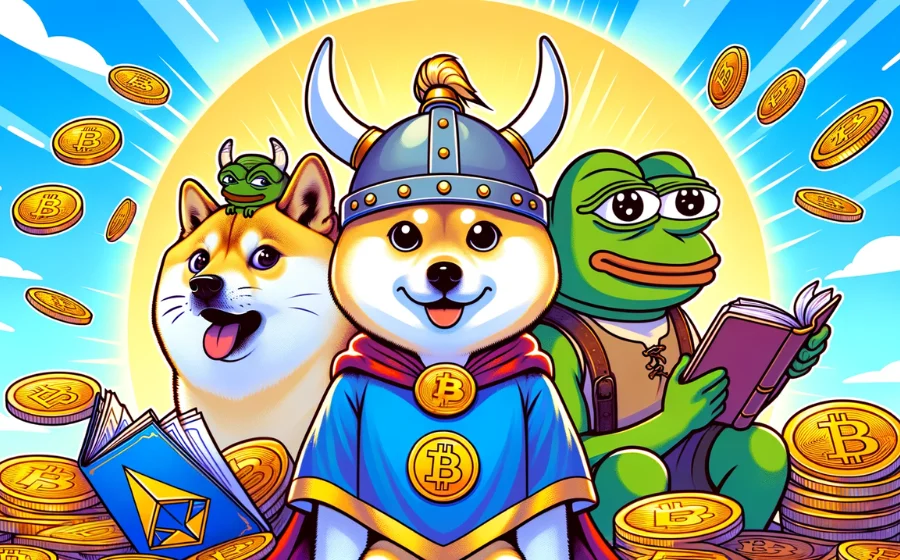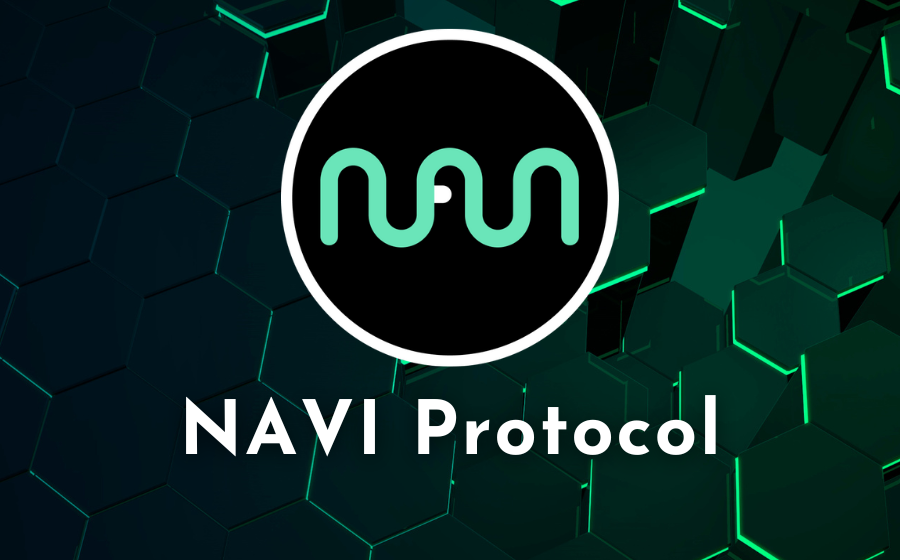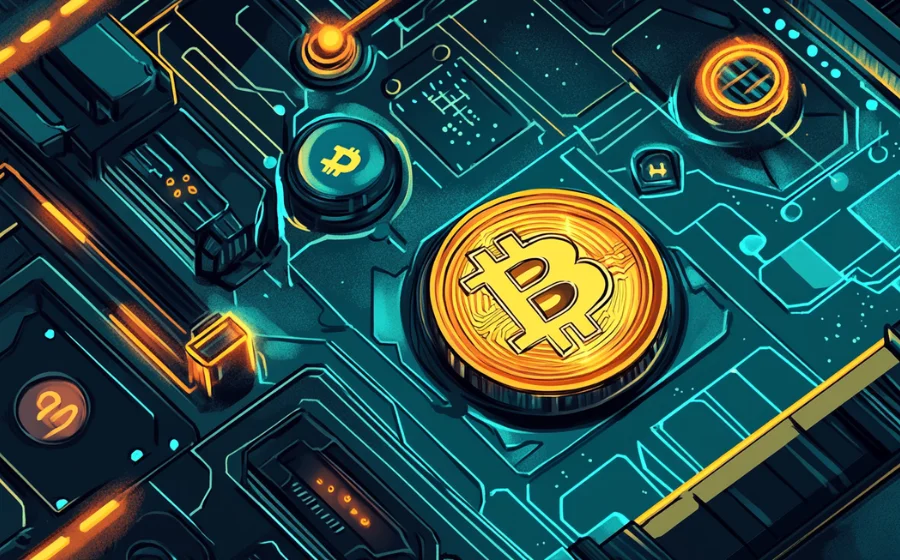
KEYTAKEAWAYS
- EVM powers blockchain innovation
The Ethereum Virtual Machine (EVM) executes smart contracts and drives decentralized application (DApp) development, reshaping industries worldwide. - Cross-chain interoperability expands
As more blockchains adopt EVM, it enhances network interoperability, paving the way for innovative cross-chain applications and services. - Challenges and opportunities ahead
While EVM democratizes access to blockchain, issues like gas fees and technical barriers remain. Scaling solutions aim to unlock its full potential.

CONTENT
Learn the Ethereum Virtual Machine (EVM)—a decentralized computation engine powering smart contracts, enabling DApps, and driving blockchain innovation across Ethereum and other networks.
WHAT IS THE ETHEREUM VIRTUAL MACHINE (EVM)?
EVM (Ethereum Virtual Machine) is a cornerstone of the Ethereum network, acting as a decentralized computation engine designed to execute smart contracts.
Rather than being a physical machine, it is a virtual Turing machine capable of executing any properly structured code, ensuring that programs function as intended.
➤ Origins and Design of EVM
The concept of EVM was introduced by Ethereum’s founder, Vitalik Buterin, in 2013. It was later developed with contributions from Gavin Wood and Greg Colvin.
The design is based on the mathematical model of a Turing machine, capable of producing results by following predefined rules.
This flexibility has made EVM a critical component in Ethereum’s consensus mechanism and the execution of smart contracts on its blockchain.
➤ Functions and Applications of EVM
As a global virtual computer, EVM enables the creation and execution of smart contracts, empowering developers to build decentralized applications (dApps). Key applications include:
- DeFi Development: Facilitating the creation and operation of decentralized financial platforms.
- Web3 Expansion: Driving the growth of decentralized web technologies.
- NFT Projects: Providing infrastructure for creating and trading non-fungible tokens (NFTs).
➤ Cross-Chain Compatibility and Future Impact
While initially designed for Ethereum, EVM has extended its influence to other blockchains. Popular networks like Avalanche, Cardano, and Fantom have adopted EVM, enhancing cross-chain interoperability.
This widespread adoption cements EVM as a foundational technology in the crypto space, with the potential to drive innovation and expansion for years to come.
EVM continues to redefine the boundaries of blockchain applications, serving as a vital tool for developers worldwide and opening up endless possibilities in the decentralized ecosystem.
>>> More to read: What Are Decentralized Apps (DApps)?
HOW DOES THE EVM WORK?
EVM operates as a software-based engine that follows a predefined set of instructions, enabling the large-scale functionality of the Ethereum blockchain.
It provides flexibility for transactions within the network and serves as the foundation for executing smart contracts.
To program the EVM, a specialized programming language called Solidity was developed. This language simplifies the creation of smart contracts and acts as the bridge between developers and the blockchain.
The process works as follows:
- Solidity Code Compilation: Developers write code in Solidity, which is then compiled into operation codes (OP_CODES).
- Execution of Bytecode: The EVM translates these OP_CODES into bytecode, which it executes to perform operations within smart contracts.
- Machine Instructions: OP_CODES function as the interaction layer for programming instructions, enabling the EVM to process tasks efficiently.
➤ EVM’s Decentralized Nature and Capabilities
The EVM is essentially a global decentralized machine powered by all nodes participating in the Ethereum network. Its unique design allows it to tackle a wide range of computational problems, including:
- Executing smart contracts.
- Supporting even the smallest Ethereum transactions.
- Managing complex decentralized applications (dApps).
By acting as the operational backbone of Ethereum, EVM ensures seamless execution of tasks across the blockchain, contributing to its status as a versatile and powerful decentralized computing environment.
>>> More to read: What is a Smart Contract?
ETHEREUM VIRTUAL MACHINE (EVM) ADVANTAGES & LIMITATIONS
➤ Advantages
- Openness and Democratization
EVM enables anyone to create their own decentralized applications (DApps). This technology is accessible to individuals regardless of their financial resources or connections, offering endless potential use cases.
- NFT Creation and Trading
Through smart contracts, anyone can create digital art and sell it on decentralized marketplaces, democratizing access to the art market in ways previously impossible.
- Potential of Smart Contracts
Smart contracts powered by EVM have vast applications beyond NFTs, including DeFi protocols, gaming asset trading, and supply chain management.
➤ Limitations
- Limited Decentralization
Despite being considered decentralized, most Ethereum nodes rely on centralized cloud servers, such as Amazon Web Services.
If these providers decide to restrict support for Ethereum, the network’s stability could be compromised.
- High Technical Barrier
Utilizing EVM requires programming knowledge. For non-coders, the current interfaces are not user-friendly enough, though more accessible tools are under development.
- High Gas Fees
During periods of network congestion, EVM transactions can incur extremely high gas fees.
- Users making small transactions may find these costs prohibitive and could temporarily lose access to the network.
- When large numbers of users interact with DApps’ smart contracts simultaneously, the network may slow down significantly or even halt.
The EVM stands out for its openness and innovation, driving advancements in blockchain technology. However, it also faces challenges such as limited decentralization, high technical barriers, and volatile transaction costs.
Ongoing technical improvements and scaling solutions are expected to address these issues, enhancing the usability and user experience of EVM in the future.
>>> More to read: What Are Gas Fees? How Do They Work?
THE FUTURE OF EVM & SUMMARY
As the blockchain ecosystem continues to evolve, EVM is poised to play a critical role.
Its ability to execute smart contracts and maintain consensus across blockchain networks makes it an indispensable component of any blockchain supporting decentralized applications (DApps).
With more blockchains adopting EVM, we can expect enhanced interoperability between networks.
This opens up new possibilities for cross-chain applications and services, fostering a more interconnected and versatile blockchain landscape.
The EVM shines as a beacon of blockchain innovation.
Its capabilities in executing smart contracts and powering DApps have reshaped industries, paving the way for a more transparent, efficient, and decentralized future.
Looking ahead, EVM remains at the forefront of blockchain development, driving progress and redefining the digital landscape with its transformative potential.

